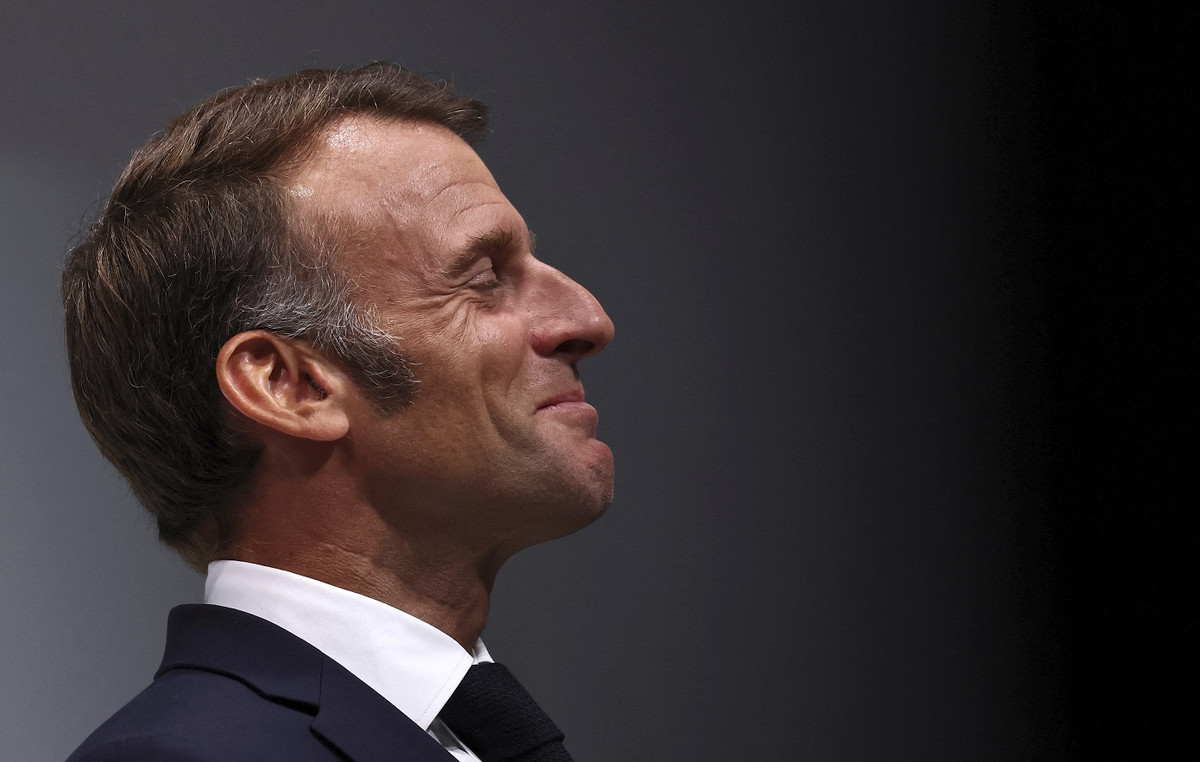The US Federal Reserve (Fed) will announce its interest rate decision on Wednesday, March 20 at 18:00 GMT, and as we get closer to release time, here are expectations based on the forecasts from analysts and researchers from 15 large banks.
The Fed is expected to keep interest rates unchanged in the 5.25%-5.50% range for the fifth consecutive time. Investors are eagerly awaiting the quarterly dot chart. The Fed's latest dot plot suggested a median forecast of three rate cuts through 2024. The Summary of Economic Projections (SEP) and Fed Chair Jerome Powell's post-meeting press conference will also garner attention .
ANZ
We expect the FOMC to leave the target federal funds rate (FFR) unchanged. Despite a relatively strong start to 2024, we do not foresee substantial changes to the FOMC's current profile of moderating growth, mild rise in unemployment, and gradual but persistent return to the inflation target. We recognize the possibility of a modest upward shift in the dot chart. Debates will begin on what to do with quantitative tightening (QT). Recent rhetoric from the Fed suggests that a concrete announcement is unlikely. We believe that it could occur from the May meeting.
Commerzbank
The Fed is unlikely to change its official interest rates, leaving the federal funds target range at 5.25%-5.50% (where it has been since July 2023). The Fed is also likely to reiterate that it does not consider a rate cut appropriate until it has gained greater confidence that inflation is moving sustainably toward 2%. We assume the dot plot will see three rate cuts in 2024, as in the last update in December.
Nordea
We do not expect changes to the Fed funds rate or the QT at this meeting. However, the Fed will likely have to revise upward its growth and inflation forecasts for 2024. This could lead to an FOMC midpoint chart showing just two rate cuts this year, compared to the last projection from three rate cuts, carried out in December 2023.
Danske Bank
We do not expect the Fed to make monetary policy changes at its March meeting. In addition to obviously focusing on clues on the timing of rate cuts, we will be keeping an eye on updated economic and rate projections, as well as a more detailed discussion on the QT. We believe the Fed will cut rates for the first time in May and won't start phasing out QT until September. The GDP forecast for 2024 will be revised upwards, but we believe that the “dots” will continue to indicate three rate cuts for this year as a whole.
ABN Amro
We expect the Fed to maintain its monetary policy at the March FOMC meeting. The Committee will also update its quarterly projections, and we expect this to show that the median FOMC member still expects three rate cuts this year. Chairman Powell is likely to maintain the cautiously hawkish tone of his latest remarks and not seek to rock the boat, as the Fed is likely comfortable with current market prices for rate cuts. Powell noted at the January meeting that the FOMC would discuss tapering the QT at the March meeting. Given that usage of the Overnight Repo Facility has stabilized recently, it is probably too early for the Fed to announce a tapering plan at this meeting, but Powell will likely confirm that it is actively being worked on.
ING
Some think the Fed might have to raise rates further, but we don't see this happening. We believe the next move is a cut, most likely in June. In its December forecast update, the Fed noted that it considered three 25 basis point rate cuts to be the most likely path for 2024, with another 100 basis points of cuts expected in 2025. We expect a similar set of projections in the March FOMC meeting, with the message that the Fed is inclined to cut rates later this year, but needs to see more evidence to justify such action. We expect cuts of 125 basis points this year, starting in June, and another 100 basis points in 2025, as hopes rise for a soft landing for the economy.
TDS
The FOMC is expected to keep the Fed funds target range unchanged at 5.25%-5.50%, and Chairman Powell is likely to continue to advocate for patience regarding the Committee's next policy actions amid the recent firmness of inflation. We also expect the Fed to maintain its average forecast of three cuts this year and release preliminary details on QT plans. The risk-reward ratio under our hypothesis that the Fed's 2024 target remains unchanged in a market that is net long the Dollar is USD weakness.
Rabobank
The FOMC needs to see more data to be confident that inflation is heading sustainably toward its 2% target. We continue to bet on a first rate drop in June. However, the risk of the Fed starting later than June, rather than before June (=May), has increased. Once initiated, we expect the Fed to continue with a cut of 25 basis points per quarter. However, since our new economic forecasts assume a Trump victory in November, leading to a universal import tariff, we expect inflation to rebound in 2025. This is likely to cause a pause in the Fed's cutting cycle. over the course of the next year.
Deutsche Bank
We expect only minor revisions to the meeting statement which was subject to a revision at the last meeting. As for the SEP, the growth and unemployment forecasts are unlikely to change, but the inflation forecasts for 2024 could. We expect the Fed to revise upward its PCE underlying inflation forecast for 2024 by one tenth, to 2.5%, although we see significant risks of it being revised even upwards, to 2.6%. A 2.5% core PCE reading would leave enough room to maneuver to keep the 2024 federal funds rate at 4.6% (75 basis point cut). However, if core PCE inflation were revised upward to 2.6%, the Fed would likely return its baseline scenario to 50 basis points of cuts, as it would reflect essentially the same forecasts as the September 2023 SEP.
Wells Fargo
We do not expect any change in monetary policy at this meeting. We now believe the Committee will wait until its June 12 meeting before reducing its target range for the federal funds rate by 25 basis points. Next, we expect the FOMC to cut rates by 25 basis points at each of its July, September and December meetings.
RBC Economics
The Fed is expected to keep the federal funds range intact for the fifth consecutive meeting on Wednesday. But any change in the monetary policy statement will be closely watched after two consecutive months of upward surprises on inflation.
NBF
The FOMC is expected to keep its policy rates unchanged for the fifth consecutive meeting. Since January, policymakers have been waiting for “increased confidence that inflation is moving sustainably toward 2%” and recent data is unlikely to have provided the FOMC with much reassurance. Therefore, it is not expected that the tendency towards relaxation in the declaration of rates will be accentuated. Markets will closely monitor the “dot plot” to see if policymakers reduce the amount of easing planned for 2024. In December, cuts of 75 basis points were announced, but the distribution tilted towards less easing . Given recent developments in inflation, there is a reasonable chance that some points will move higher, causing the median to rise with them.
Citi
Although markets are increasingly pricing in a more hawkish Fed following stronger-than-expected inflation, Chairman Powell is likely to emphasize the slowdown in annual core PCE inflation and reaffirm that the Fed is “not far off” from achieving the level of confidence necessary to start lowering rates. We expect a practically unchanged SEP. The underlying PCE at the end of 2024 could increase from 2.4% to 2.5%. More importantly, the midpoints are likely to remain unchanged. The FOMC will also discuss balance sheet tapering in depth, which could lead to the release of some principles for how the Fed plans to reduce and ultimately end balance sheet tapering.
SocGen
The FOMC meets this week against the backdrop of rising inflationary pressures and growing concerns about the feasibility and timing of interest rate reductions. The Fed has plenty of time to assess the situation, and we do not expect any policy changes in March. Economic indicators in the coming months will play a decisive role in determining whether mid-year rate cuts are a viable option. The Fed's new dot plot could prove less dovish than the 75 basis points of rate cuts suggested in December.
CIBC
The fund rate will remain unchanged, and Powell should avoid giving any definitive signal about when the first cuts will come. We recognize that the latest inflation data has not been favorable to our forecast of 100 basis point cuts in the second half of the year, and we will need to see some softening in employment, wages and core inflation in the coming months to maintain that opinion. Although the decision is very close, with some risk of a more aggressive turn toward easing of just 50 basis points, we think the Fed is sticking to its median forecast of three cuts in 2024, and the median forecast for 2025 also looks set to go. to change a lot, with the individual points still widely dispersed. The median growth, inflation and unemployment forecasts for this year could vary by one or two decimal places, which would not be significant. If so, the biggest change could come in the “long-term” outlook for rates, which is often seen as the Fed's assessment of where neutrality will lie. With the economy proving resilient to rates above 5%, the long-term projection is likely to increase, with 2.75% or even 3% now seeming more plausible outcomes.
Source: Fx Street
I am Joshua Winder, a senior-level journalist and editor at World Stock Market. I specialize in covering news related to the stock market and economic trends. With more than 8 years of experience in this field, I have become an expert in financial reporting.







